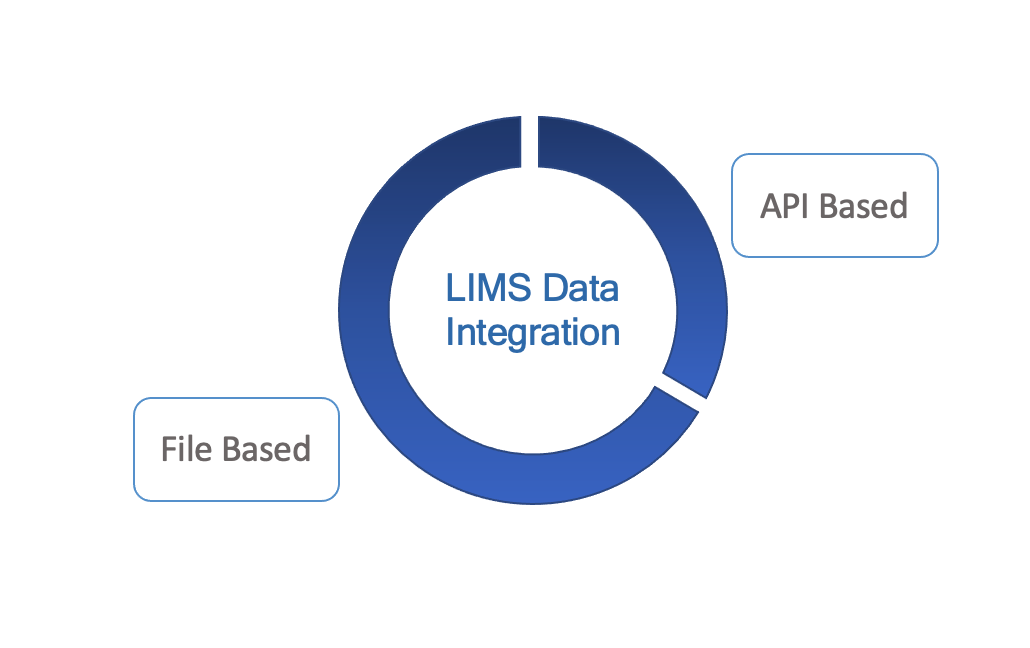Laboratory Information Management System (LIMS) serves as the information backbone for the lab that strings different lab operation steps through the flow of information. An important aspect of LIMS is to interact with different equipment in the labs, which includes not only collecting data generated by the equipment, but also passing necessary information to equipment. In this blog, we describe different approaches of equipment data integration in the lab.
No Universal Solution Available
Modern labs generally have equipment that are from different vendors and are with different kinds of data inputs/outputs supports. It is observed that generally, equipment manufactures focus more on hardwares and core technology used on them, but pay less attention on how to make the equipment work with external world including other equipments, LIMS, and IT infrastructure in the lab. There can be historical reason for it. For example, certain information technology might not be ready when the equipment was first manufactured and introduced to market. There are also cost and marketing considerations. For example, the equipment manufacture may want to tie the data integration functions to its other products or services. In results, there is not a universal solution for data integration with lab equipment.
Two types of Integration Approach

Generally speaking, there are two main integration approaches. One is the file based integration, and the other is API based integration. The file based integration approach is supported by most of the lab equipment. In comparison, equipment supporting API based integration are much less. However, with the evolution of technology and demands from customers, API based integration will be become more popular.
File Based Approach
Equipment supporting file based integration generally allows to use Excel file, or CSV file for data inputs and outputs. This provides the integration point for LIMS to export the input files used by equipment and import the output file generated by equipment. However, the format of the files is equipment specific. To add one more level of complexity, the controller software of the equipment generally allows users to define their own output file format. For example, on TapeStation and other QC equipment popular in NGS lab, user can choose different data columns to export according to their needs. So LIMS’ support on file based data integration will be equipment specific and most of times, even lab specific.
API Based Approach
Equipment supporting API based integration are generally preferred, because it allows full system level communication and can spare mistakes made by human operators. One good example of equipment supporting API based integration is the sequencers from Nanopore (https://nanoporetech.com/). Its MinKNOW software, the sequencer controller, runs a gRPC server (https://grpc.io/) supporting a rich set of API (https://github.com/nanoporetech/minknow_api) facilitating different functions of data exchanging between MinKNOW to external system. On Bio-LIMS, we have implemented the function of retrieving flowcell ID and sample ID from MinKNOW. We can even start the sequencing directly from LIMS, which is the step toward fully automate lab operation.